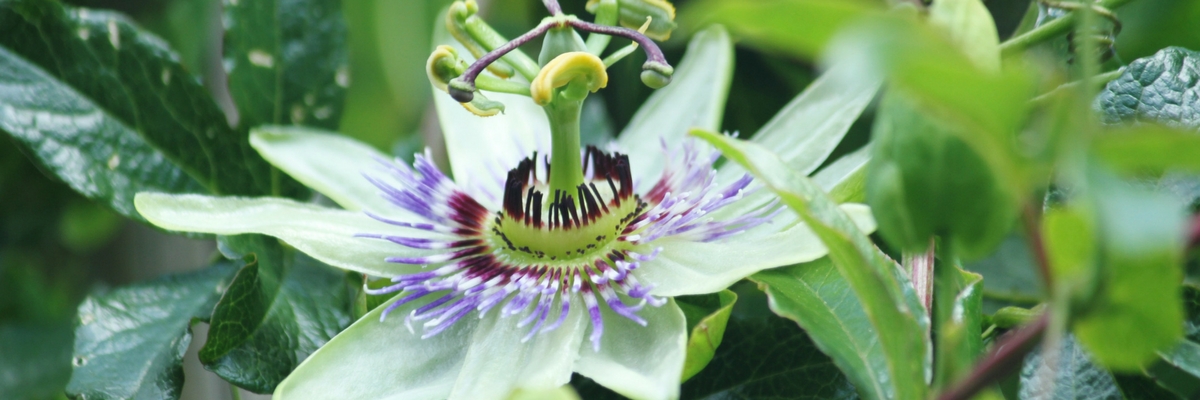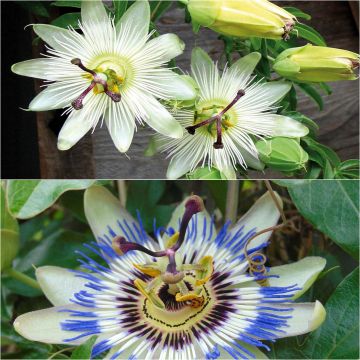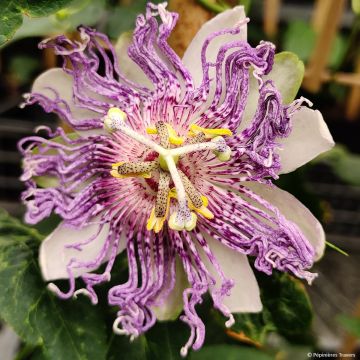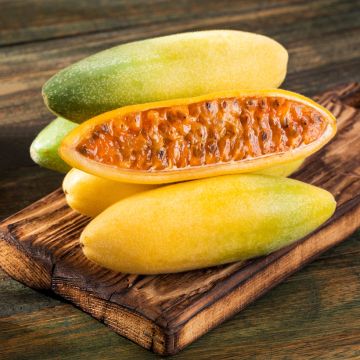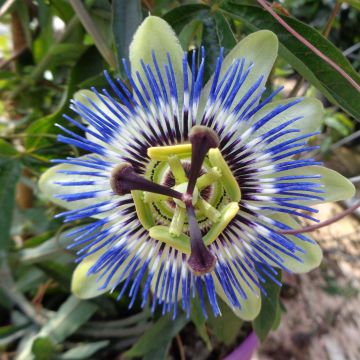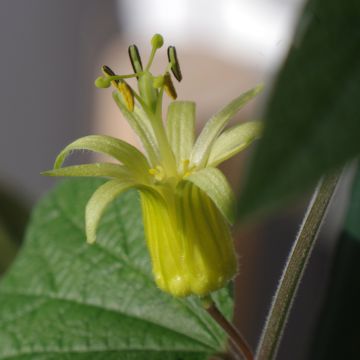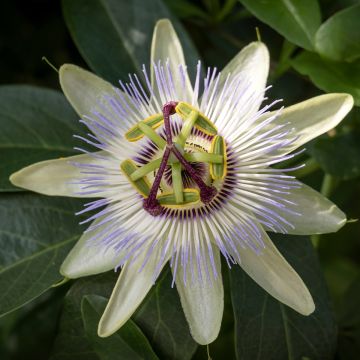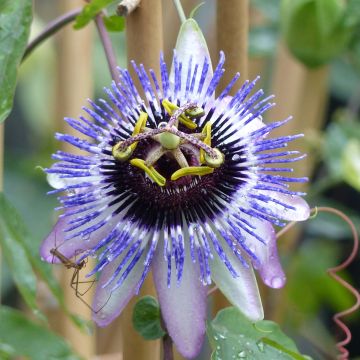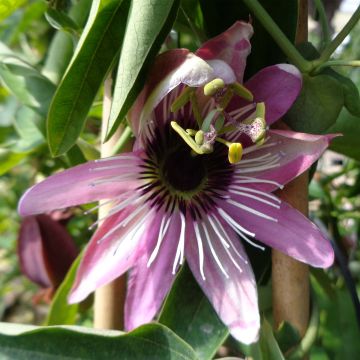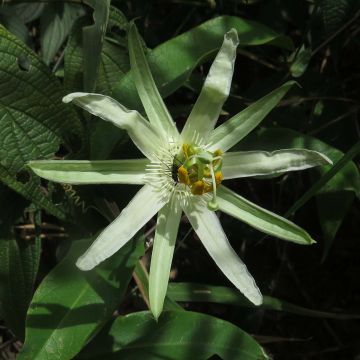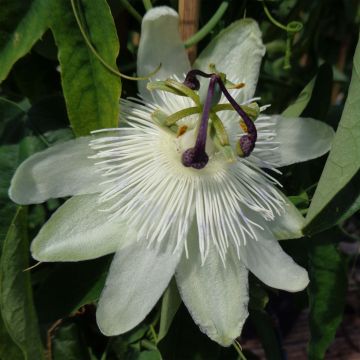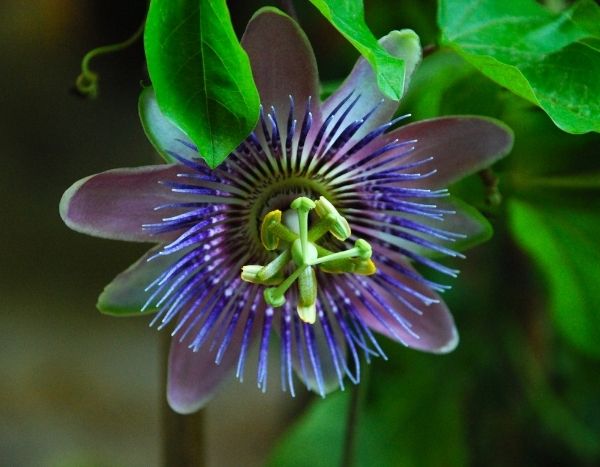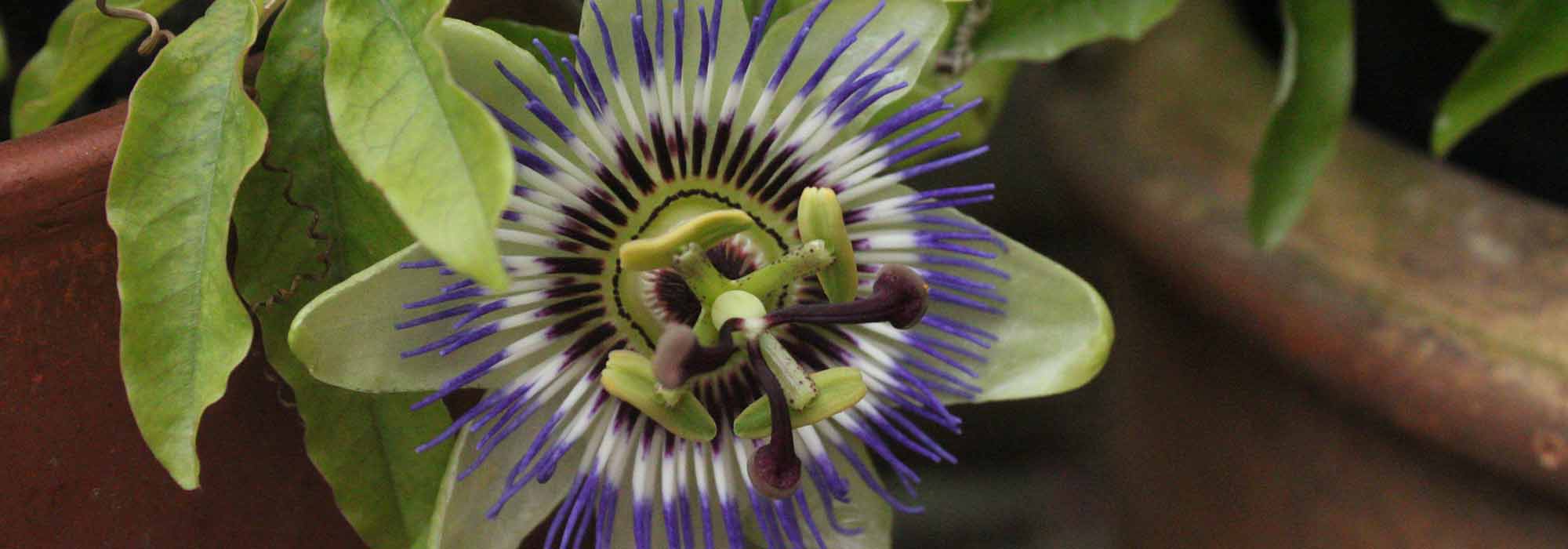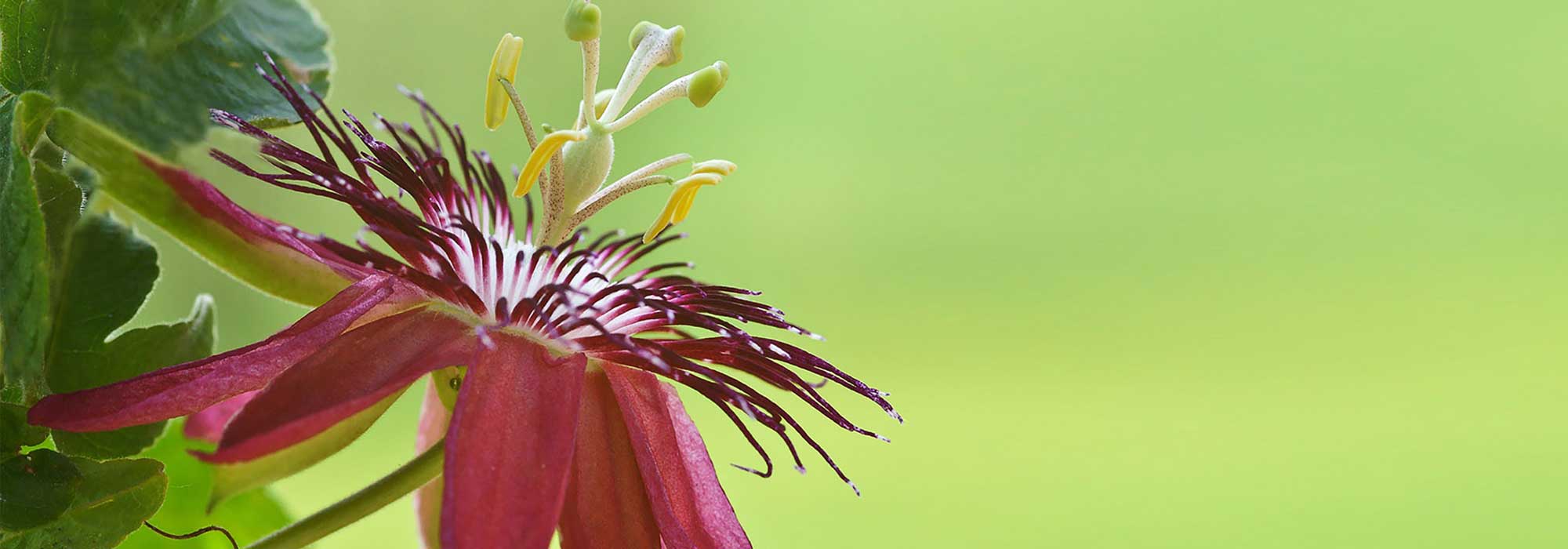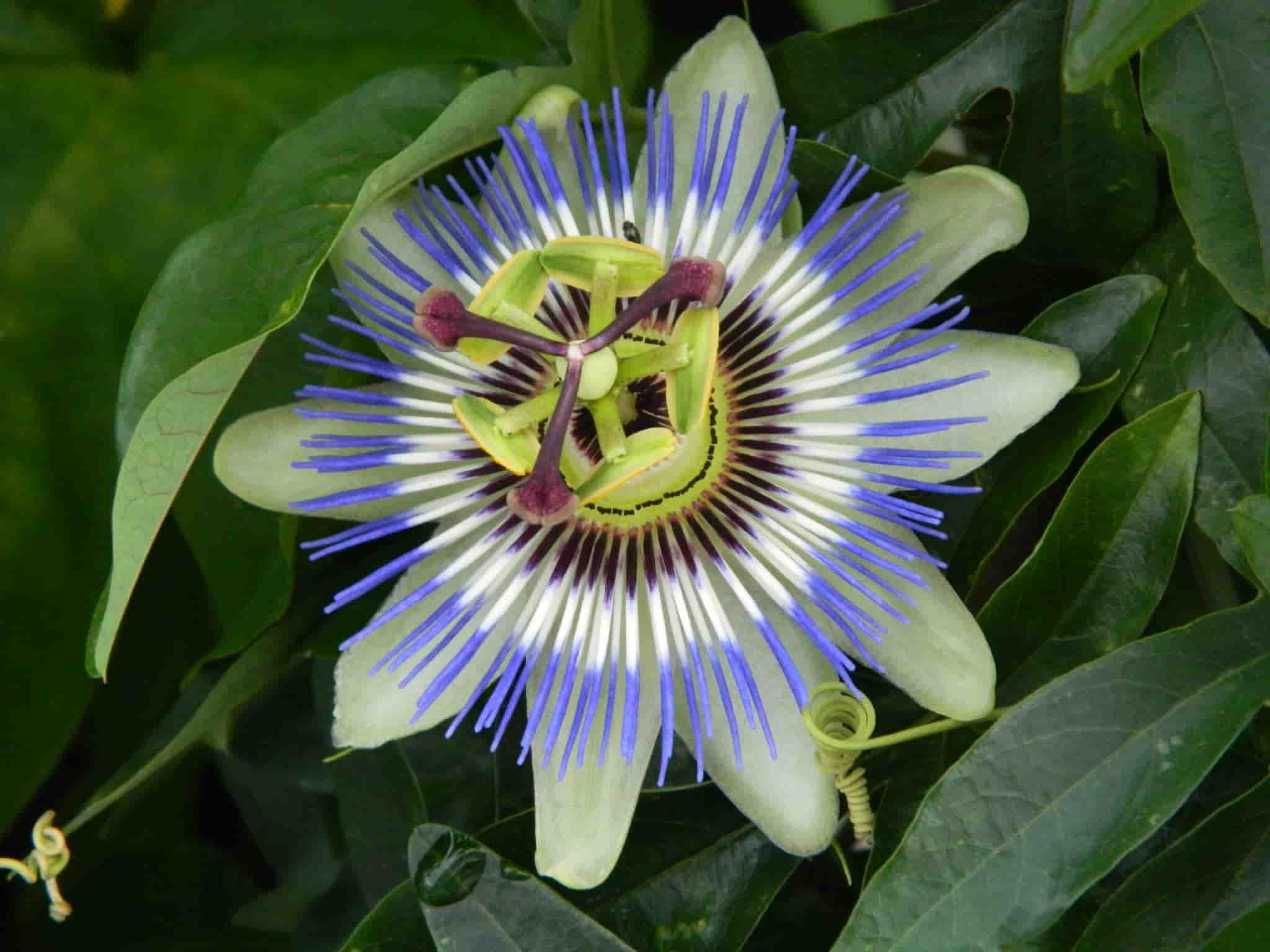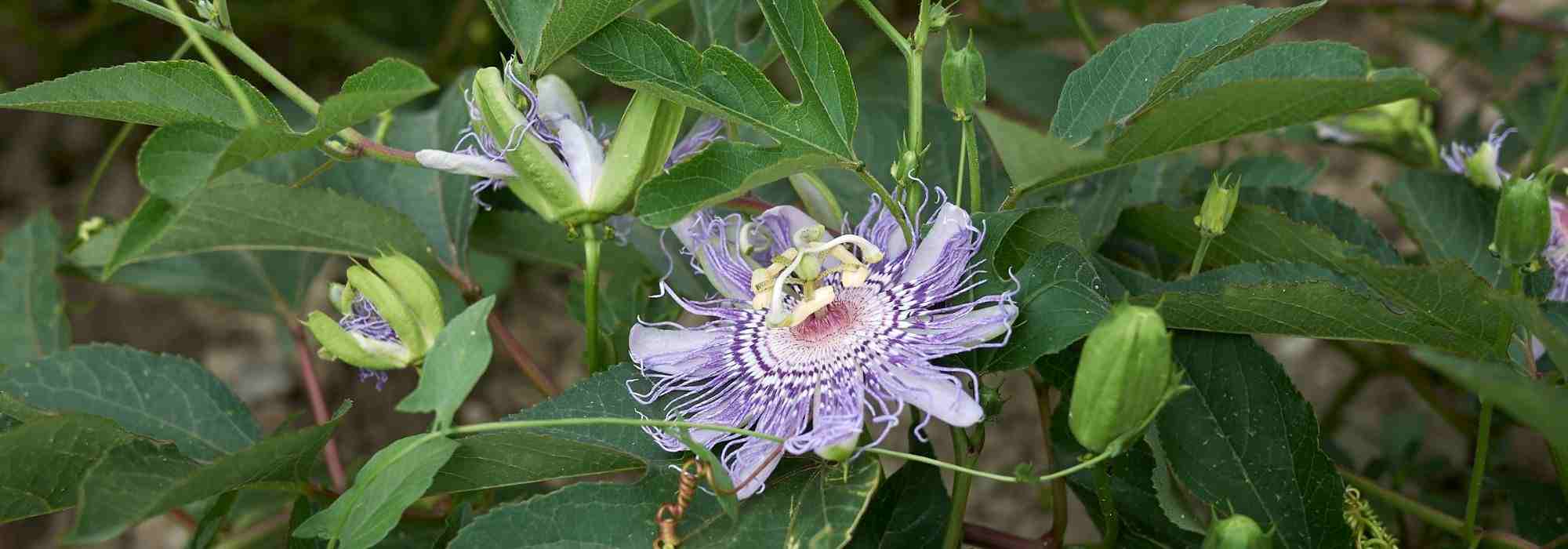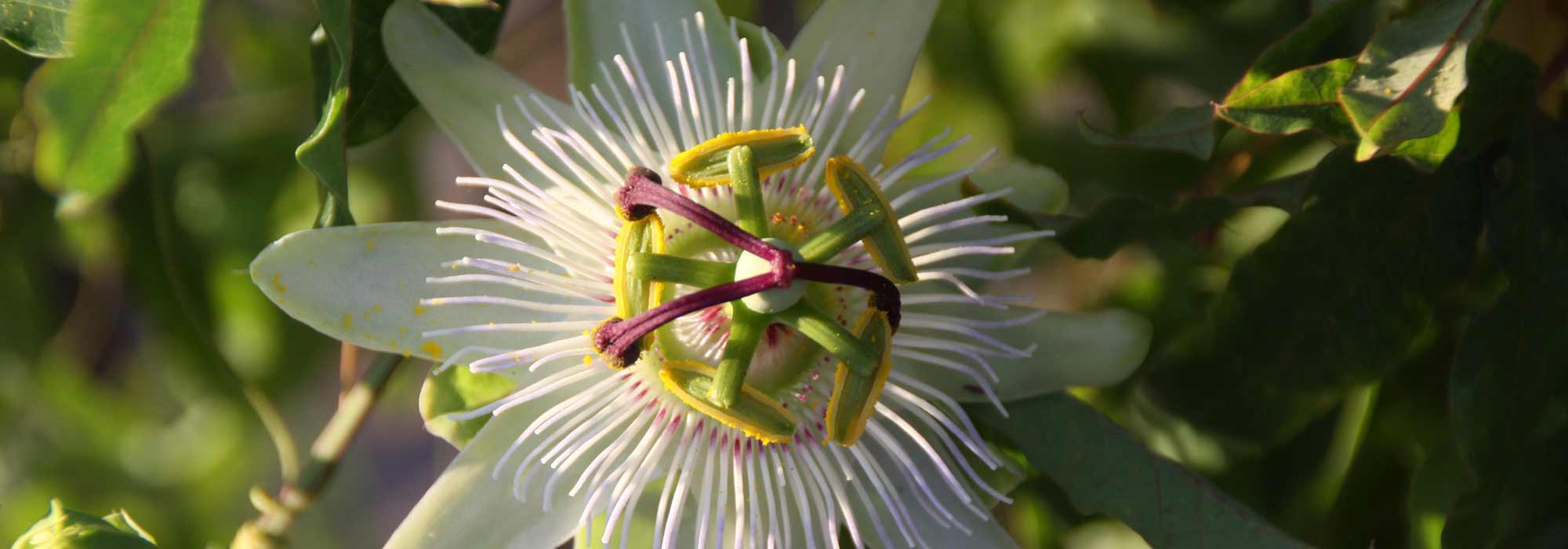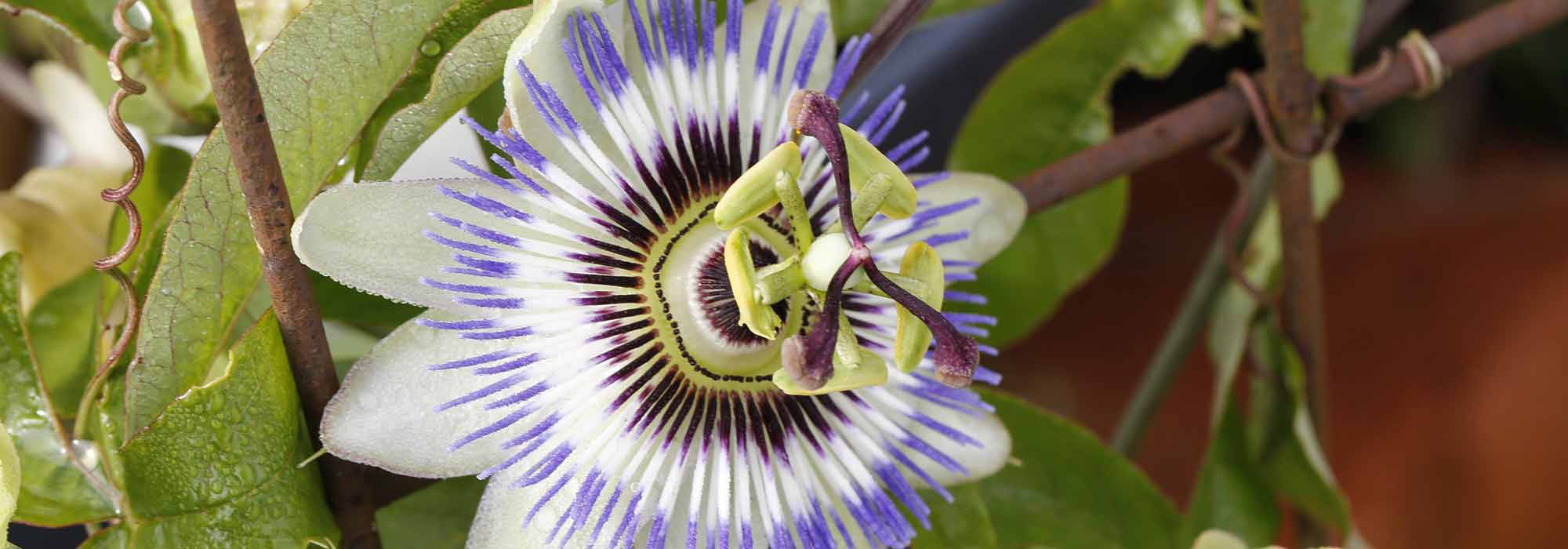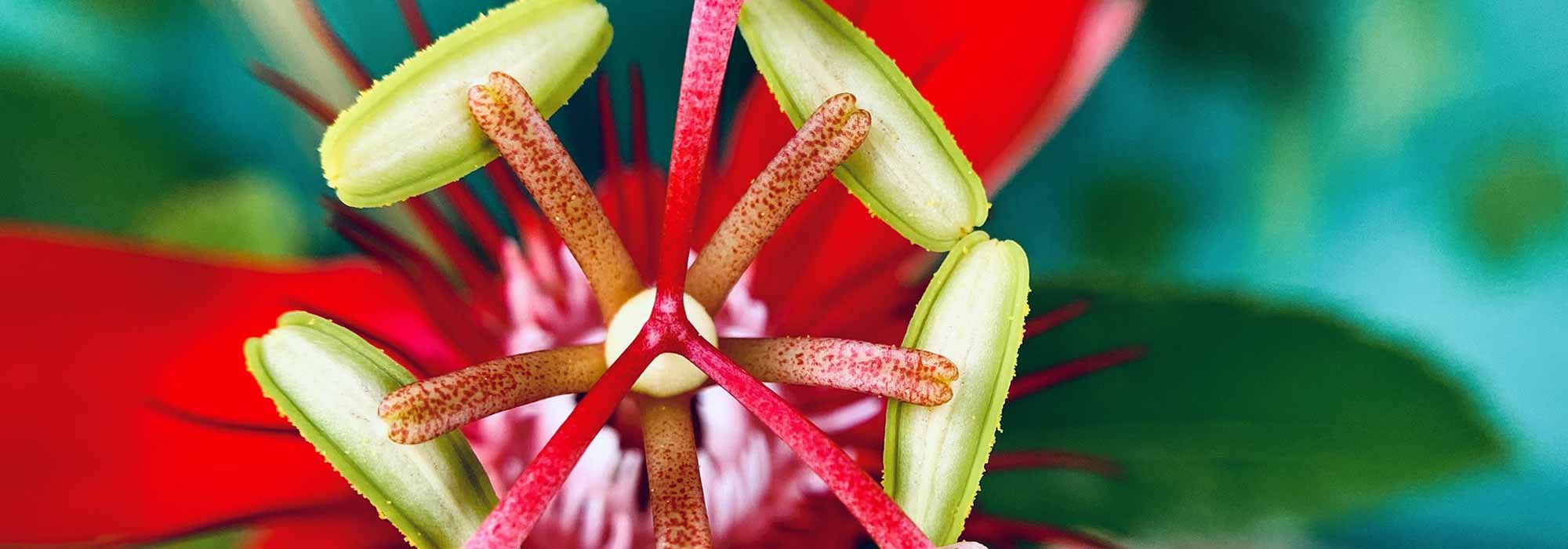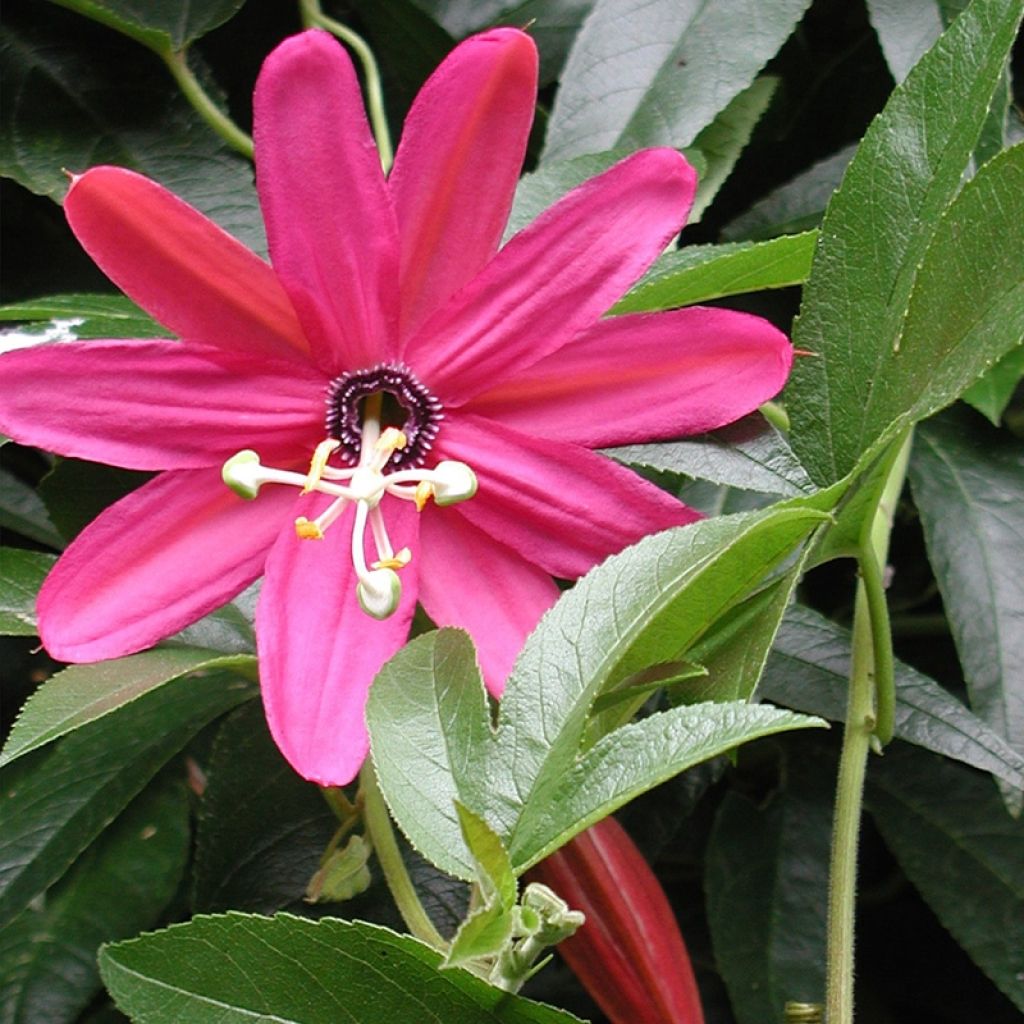

Passiflora Exoniensis- Passion Flower
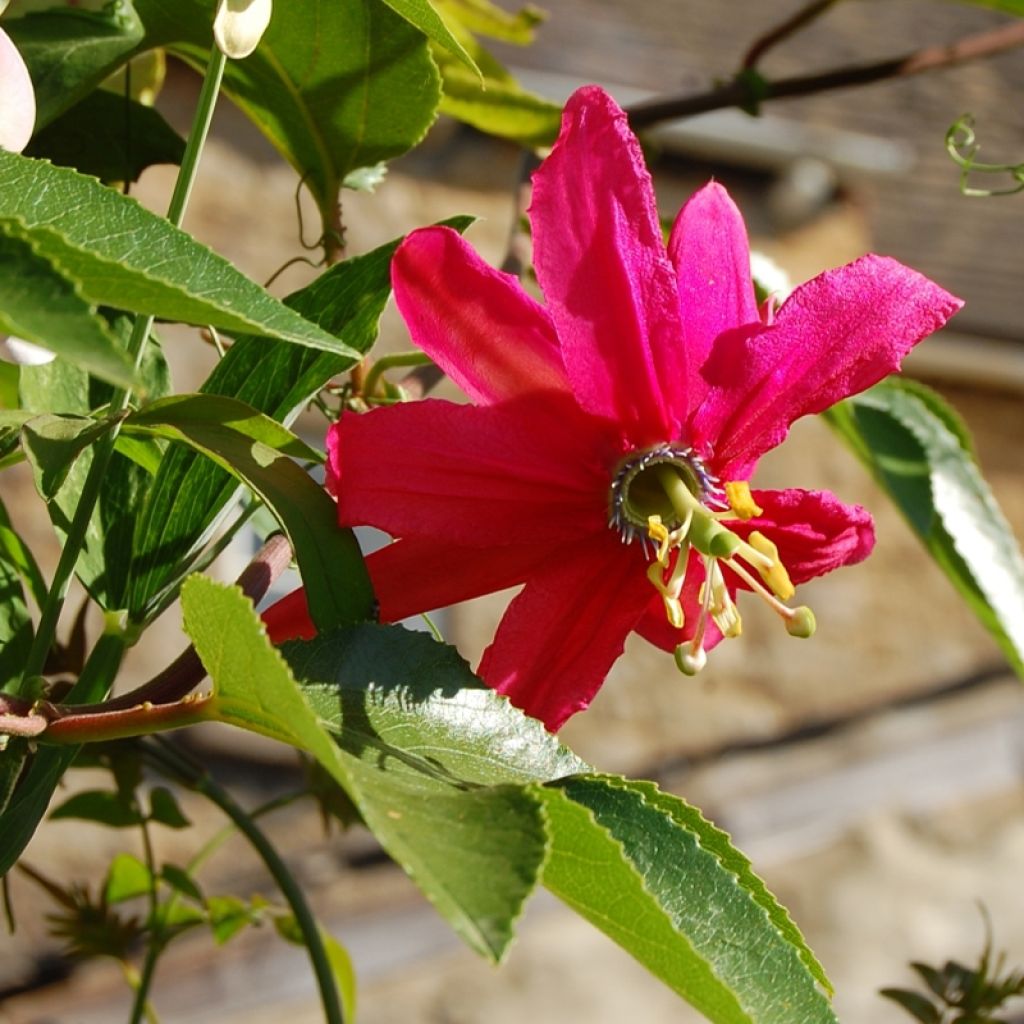

Passiflora Exoniensis- Passion Flower
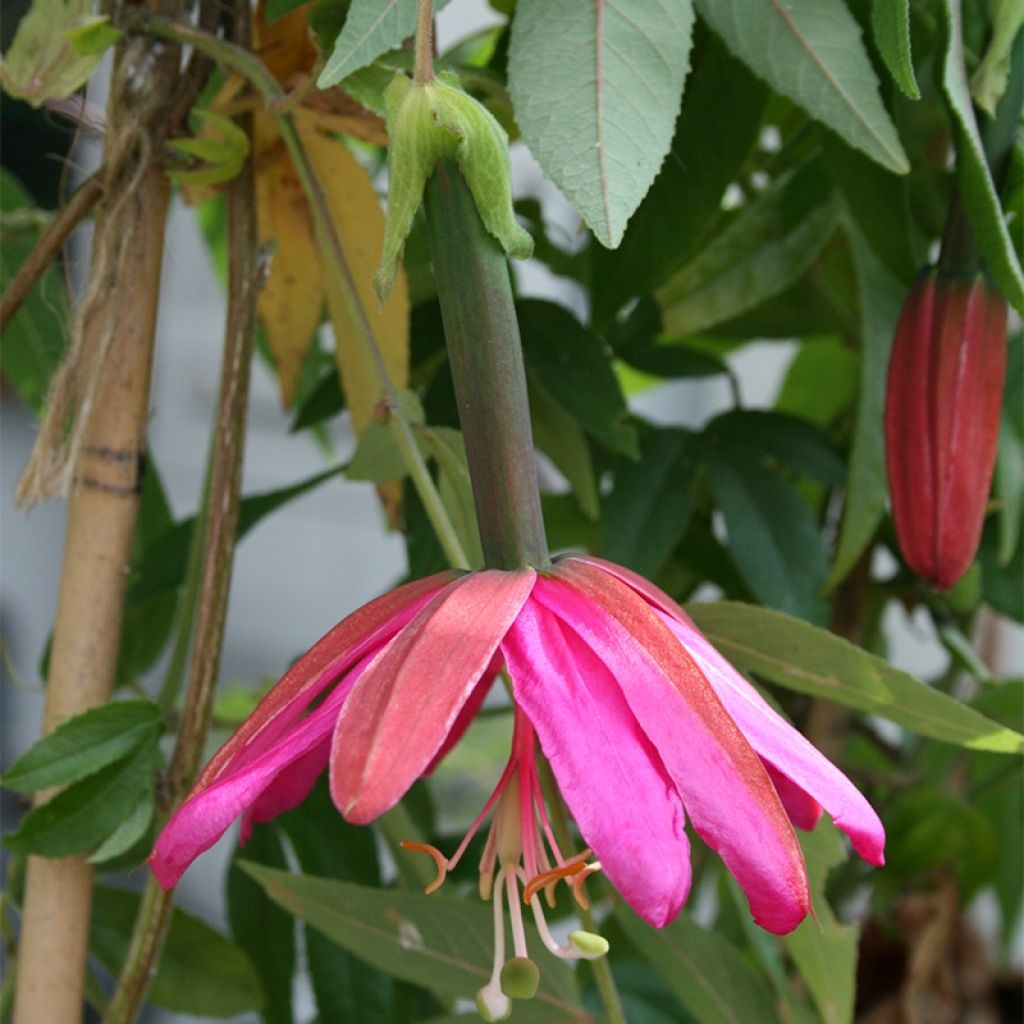

Passiflora Exoniensis- Passion Flower
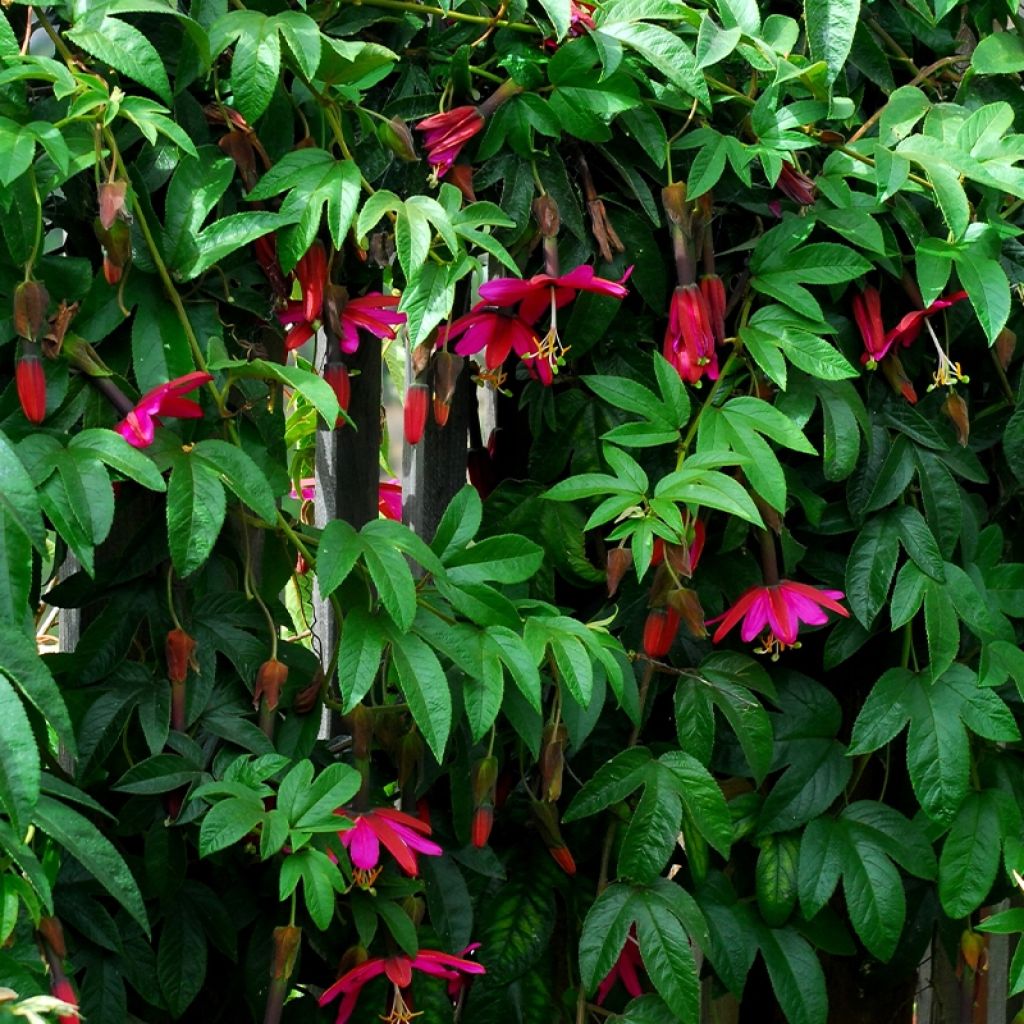

Passiflora Exoniensis- Passion Flower
Passiflora Exoniensis- Passion Flower
Passiflora antioquiensis x tripartita var. mollissima Exoniensis
Banana Passionfruit, Banana Poka
My passionflowers spent the winter in an unheated but frost-free greenhouse, and they are starting their growth with great vigor. Very happy with my purchase, I recommend them, thank you.
Nathalie89120, 16/03/2025
Special offer!
Receive a €20 voucher for any order over €90 (excluding delivery costs, credit notes, and plastic-free options)!
1- Add your favorite plants to your cart.
2- Once you have reached €90, confirm your order (you can even choose the delivery date!).
3- As soon as your order is shipped, you will receive an email containing your voucher code, valid for 3 months (90 days).
Your voucher is unique and can only be used once, for any order with a minimum value of €20, excluding delivery costs.
Can be combined with other current offers, non-divisible and non-refundable.
Home or relay delivery (depending on size and destination)
Schedule delivery date,
and select date in basket
This plant carries a 6 months recovery warranty
More information
We guarantee the quality of our plants for a full growing cycle, and will replace at our expense any plant that fails to recover under normal climatic and planting conditions.


Does this plant fit my garden?
Set up your Plantfit profile →
Description
The Passiflora x exoniensis is a beautiful hybrid passionflower obtained in England in Exeter in the Devon region. This variety probably results from cross-breeding between two botanical species called Passiflora antioquiensis and P. tripartita var. mollissima. It is characterized by vigorous growth and large pink-red flowers hanging from long peduncles, as unusual as they are decorative. Not very hardy, this passionflower can only be grown in the ground in our mildest regions in winter. Elsewhere, it will make a very beautiful greenhouse or conservatory plant.
Mostly native to tropical areas of South America, passionflowers belong to the large family of Passifloraceae, which includes 400 species and numerous spontaneous or horticultural hybrids. The Passiflora x exoniensis is a beautiful hybrid that received an Award of Garden Merit (A.G.M) from the RHS in England. Its first parent, the Passiflora antioquiensis, is native to Colombia. The second, P. tripartita var. mollissima, grows in Andean valleys from Venezuela to Bolivia.
The Exoniensis passionflower is a voluble plant that clings to its support with tendrils, reaching heights of 5 or 6m (16 or 20ft) under favourable conditions. When grown in a container, it will remain smaller in size. Its long stems bear very large luxuriant leaves, usually divided into 3 elongated lobes, but sometimes entire. It is not uncommon for juvenile foliage to differ from adult foliage. These leaves remain evergreen in winter if the plant is kept frost-free. Its flowering occurs in summer. It is made up of 10-12cm (4-5in) flowers, spectacular, hanging from peduncles that can measure up to 22cm (9in). Each flower consists of a long tube dividing into 10 very bright pink-red petals. The centre of the flower, marked with a violet circle, is occupied by 5 sterile stamens (lacking pollen) and 3 united styles at the base, white-green. Once pollinated by those of another passionflower, the flowers give way to ovoid fruits that are light yellow when ripe, edible and delicious. The well-protected stump of this passionflower will withstand brief frosts of around -4°C (24.8°F).
This Exoniensis Passionflower grows in rich, fresh, well-drained soil in partial shade or slightly sunny positions. Pruning at the end of flowering involves reducing the branches to maintain a beautiful habit. It thrives in very mild climates in winter, not too hot and not too dry in summer. With its height of 5m (16ft), this climbing plant dresses walls, fences, trellises, porches, and lattices. Elsewhere, it will be appreciated in an unheated greenhouse or conservatory where it will spend the winter.
Passiflora Exoniensis- Passion Flower in pictures
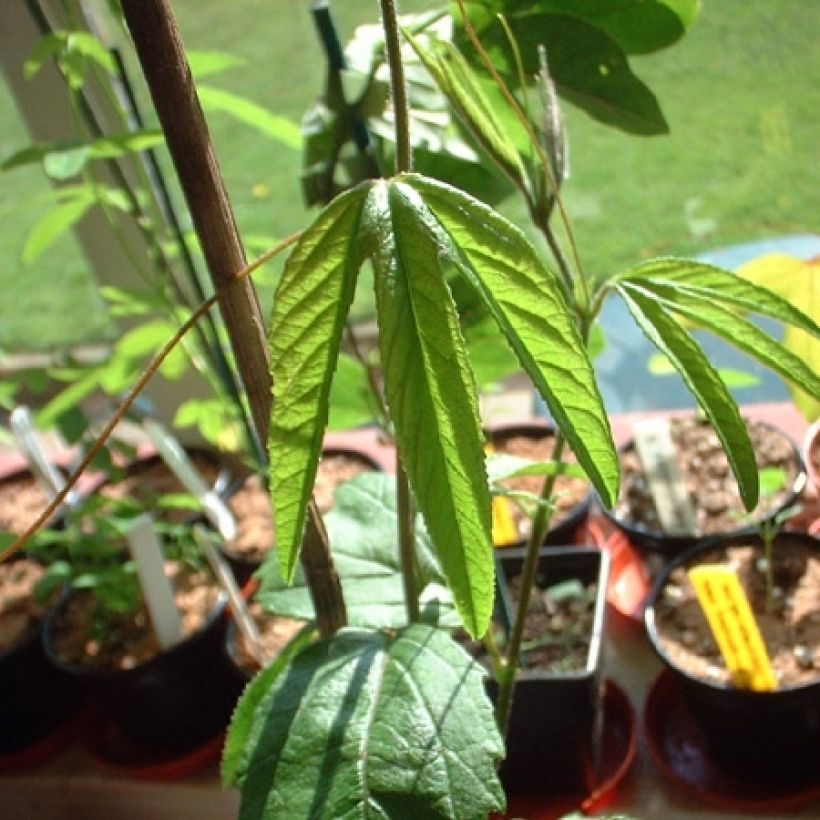

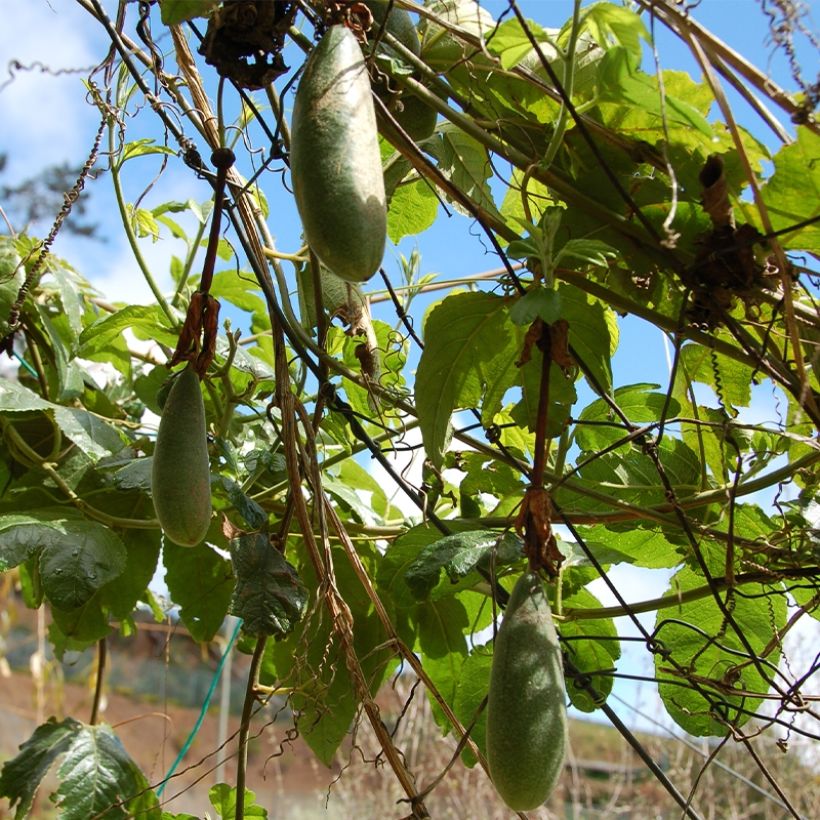

Plant habit
Flowering
Foliage
Botanical data
Passiflora
antioquiensis x tripartita var. mollissima
Exoniensis
Passifloraceae
Banana Passionfruit, Banana Poka
Cultivar or hybrid
Other Passionflowers
View all →Planting and care
The Passiflora Exoniensis is a plant that thrives in partial shade and can only be grown in open ground in mild winter regions: its stump, well protected by thick mulch, will only withstand short frosts of around -4 °C (24.8°F). It should be grown in a large pot, allowing winter shelter everywhere else. This passionflower also fears scorching summers. Plant it in a bright but not overly hot location, in ordinary, well-drained soil that remains slightly moist throughout the growing season, but not waterlogged. Place it on a support to support the weight of vegetation. Direct its branches well onto the support, as the growth is exuberant. Pruning before winter is recommended to maintain a reasonable size. Do not hesitate to cut back the main branches to facilitate growth. Remove dead or misplaced branches and prune excess branches to provide air circulation. Be wary of scale insects, whiteflies, and the cucumber mosaic virus. Treat preventively.
Planting period
Intended location
Care
Planting & care advice
-
, onOrder confirmed
Reply from on Promesse de fleurs
Haven't found what you were looking for?
Hardiness is the lowest winter temperature a plant can endure without suffering serious damage or even dying. However, hardiness is affected by location (a sheltered area, such as a patio), protection (winter cover) and soil type (hardiness is improved by well-drained soil).

Photo Sharing Terms & Conditions
In order to encourage gardeners to interact and share their experiences, Promesse de fleurs offers various media enabling content to be uploaded onto its Site - in particular via the ‘Photo sharing’ module.
The User agrees to refrain from:
- Posting any content that is illegal, prejudicial, insulting, racist, inciteful to hatred, revisionist, contrary to public decency, that infringes on privacy or on the privacy rights of third parties, in particular the publicity rights of persons and goods, intellectual property rights, or the right to privacy.
- Submitting content on behalf of a third party;
- Impersonate the identity of a third party and/or publish any personal information about a third party;
In general, the User undertakes to refrain from any unethical behaviour.
All Content (in particular text, comments, files, images, photos, videos, creative works, etc.), which may be subject to property or intellectual property rights, image or other private rights, shall remain the property of the User, subject to the limited rights granted by the terms of the licence granted by Promesse de fleurs as stated below. Users are at liberty to publish or not to publish such Content on the Site, notably via the ‘Photo Sharing’ facility, and accept that this Content shall be made public and freely accessible, notably on the Internet.
Users further acknowledge, undertake to have ,and guarantee that they hold all necessary rights and permissions to publish such material on the Site, in particular with regard to the legislation in force pertaining to any privacy, property, intellectual property, image, or contractual rights, or rights of any other nature. By publishing such Content on the Site, Users acknowledge accepting full liability as publishers of the Content within the meaning of the law, and grant Promesse de fleurs, free of charge, an inclusive, worldwide licence for the said Content for the entire duration of its publication, including all reproduction, representation, up/downloading, displaying, performing, transmission, and storage rights.
Users also grant permission for their name to be linked to the Content and accept that this link may not always be made available.
By engaging in posting material, Users consent to their Content becoming automatically accessible on the Internet, in particular on other sites and/or blogs and/or web pages of the Promesse de fleurs site, including in particular social pages and the Promesse de fleurs catalogue.
Users may secure the removal of entrusted content free of charge by issuing a simple request via our contact form.
The flowering period indicated on our website applies to countries and regions located in USDA zone 8 (France, the United Kingdom, Ireland, the Netherlands, etc.)
It will vary according to where you live:
- In zones 9 to 10 (Italy, Spain, Greece, etc.), flowering will occur about 2 to 4 weeks earlier.
- In zones 6 to 7 (Germany, Poland, Slovenia, and lower mountainous regions), flowering will be delayed by 2 to 3 weeks.
- In zone 5 (Central Europe, Scandinavia), blooming will be delayed by 3 to 5 weeks.
In temperate climates, pruning of spring-flowering shrubs (forsythia, spireas, etc.) should be done just after flowering.
Pruning of summer-flowering shrubs (Indian Lilac, Perovskia, etc.) can be done in winter or spring.
In cold regions as well as with frost-sensitive plants, avoid pruning too early when severe frosts may still occur.
The planting period indicated on our website applies to countries and regions located in USDA zone 8 (France, United Kingdom, Ireland, Netherlands).
It will vary according to where you live:
- In Mediterranean zones (Marseille, Madrid, Milan, etc.), autumn and winter are the best planting periods.
- In continental zones (Strasbourg, Munich, Vienna, etc.), delay planting by 2 to 3 weeks in spring and bring it forward by 2 to 4 weeks in autumn.
- In mountainous regions (the Alps, Pyrenees, Carpathians, etc.), it is best to plant in late spring (May-June) or late summer (August-September).
The harvesting period indicated on our website applies to countries and regions in USDA zone 8 (France, England, Ireland, the Netherlands).
In colder areas (Scandinavia, Poland, Austria...) fruit and vegetable harvests are likely to be delayed by 3-4 weeks.
In warmer areas (Italy, Spain, Greece, etc.), harvesting will probably take place earlier, depending on weather conditions.
The sowing periods indicated on our website apply to countries and regions within USDA Zone 8 (France, UK, Ireland, Netherlands).
In colder areas (Scandinavia, Poland, Austria...), delay any outdoor sowing by 3-4 weeks, or sow under glass.
In warmer climes (Italy, Spain, Greece, etc.), bring outdoor sowing forward by a few weeks.






























